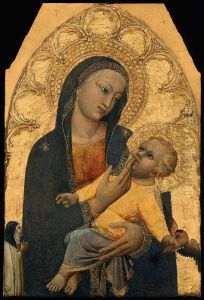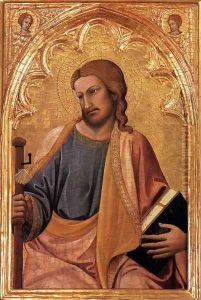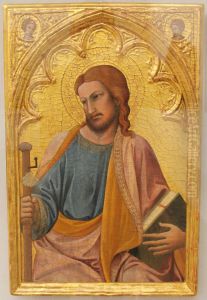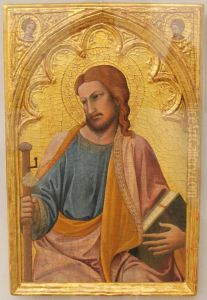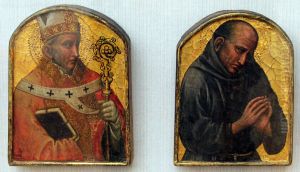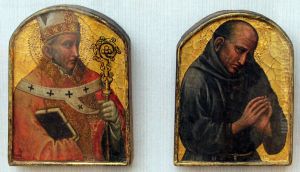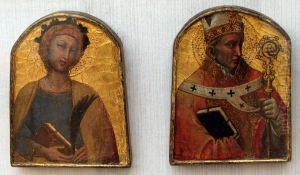Antonio Veneziano Paintings
Antonio Veneziano, an Italian painter, was active during the late Renaissance period, primarily in the cities of Florence and Siena. Born around 1543, Veneziano's life and career were marked by his contributions to the Mannerist style of painting, which was characterized by artificiality, grace, and elegance, diverging from the more naturalistic approaches of the High Renaissance. Despite the prominence of other artists of his time, Veneziano carved out a niche for himself through his distinctive style and thematic choices.
Little is known about Veneziano's early life, including his training. However, it is believed that he was influenced by the works of prominent artists such as Michelangelo, whose impact can be seen in the muscular forms and dynamic compositions of Veneziano's paintings. His work was also reflective of the broader Mannerist movement, which embraced complexity, unusual effects of scale and lighting, and refined elegance.
Throughout his career, Veneziano received commissions from various religious institutions, which were common patrons of the arts during the Renaissance. His works often featured religious themes, with a focus on the emotional intensity and spirituality of his subjects. One of his most notable works is the fresco cycle in the Sala del Consiglio of the Palazzo Pubblico in Siena, which showcases his skill in creating dramatic, expressive compositions that engage the viewer.
Despite his contributions to the art of his time, Antonio Veneziano remains somewhat obscure in the annals of art history, overshadowed by contemporaries like Titian and Tintoretto. However, his work provides valuable insight into the transitional period between the High Renaissance and the Baroque, demonstrating the evolving tastes and artistic explorations of late 16th-century Italy.
Veneziano's exact date of death is uncertain, but it is believed that he died around 1593. The legacy of his art continues to be studied and appreciated for its embodiment of the Mannerist style and its reflection of the cultural and religious contexts of late Renaissance Italy.
